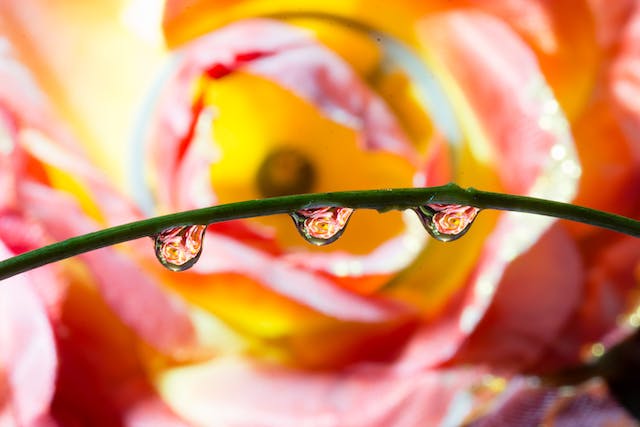How to Achieve Perfect Exposure Every time
why is exposure one of the key pillars of photography?
- Understanding Exposure
- Aperture: The Gateway to Light
- Shutter Speed: Freezing or Blurring Motion
- ISO: Sensitivity to Light
- Achieving Proper Exposure
- Exposure Compensation: Fine-Tuning Exposure
- Creative Control and Artistic Expression
Understanding Exposure
Exposure in photography refers to the amount of light that reaches the camera sensor when a photo is taken. Mastering exposure is essential for achieving well-balanced and visually appealing images. Understanding the relationship between aperture, shutter speed, and ISO is crucial in controlling exposure effectively.

Aperture: The Gateway to Light
The aperture, represented by the f-stop number, controls the size of the opening in the lens through which light enters the camera. A wider aperture (lower f-stop number) allows more light, resulting in a shallow depth of field, while a narrower aperture (higher f-stop number) lets in less light, resulting in a greater depth of field.

Shutter Speed: Freezing or Blurring Motion
Shutter speed determines the amount of time the camera’s shutter remains open to allow light to reach the sensor. A faster shutter speed freezes motion and reduces the amount of light, while a slower shutter speed allows for motion blur and increases light exposure.

ISO: Sensitivity to Light
ISO measures the camera sensor’s sensitivity to light. A lower ISO is less sensitive to light and is ideal for bright conditions, while a higher ISO is more sensitive and suitable for low-light environments. However, higher ISO settings can introduce digital noise to the image.

Achieving Proper Exposure
Mastering exposure involves finding the right balance between aperture, shutter speed, and ISO to achieve the desired brightness and clarity in a photograph. Understanding the exposure triangle and how adjustments in one element affect the others is critical in capturing well-exposed images.

Exposure Compensation: Fine-Tuning Exposure
Exposure compensation allows photographers to adjust the exposure set by the camera’s light meter. It enables fine-tuning of the exposure to correct for overly bright or dark conditions, providing more control over the final image.

Histogram: Evaluating Exposure
The histogram is a graphical representation of the tonal distribution in an image, showing the distribution of dark and light tones. Using the histogram allows photographers to assess the exposure of their images and make informed adjustments to achieve optimal exposure.

Creative Control and Artistic Expression
Mastering exposure not only ensures technically proficient images but also provides the foundation for creative experimentation and artistic expression. Understanding exposure empowers photographers to manipulate light and shadow to convey mood, evoke emotions, and create compelling visual narratives.

In conclusion
Exposure in photography is a fundamental element that influences the overall quality and impact of an image. By mastering the principles of exposure and leveraging creative control, photographers can elevate their work to new heights, capturing captivating moments with precision and artistry.

